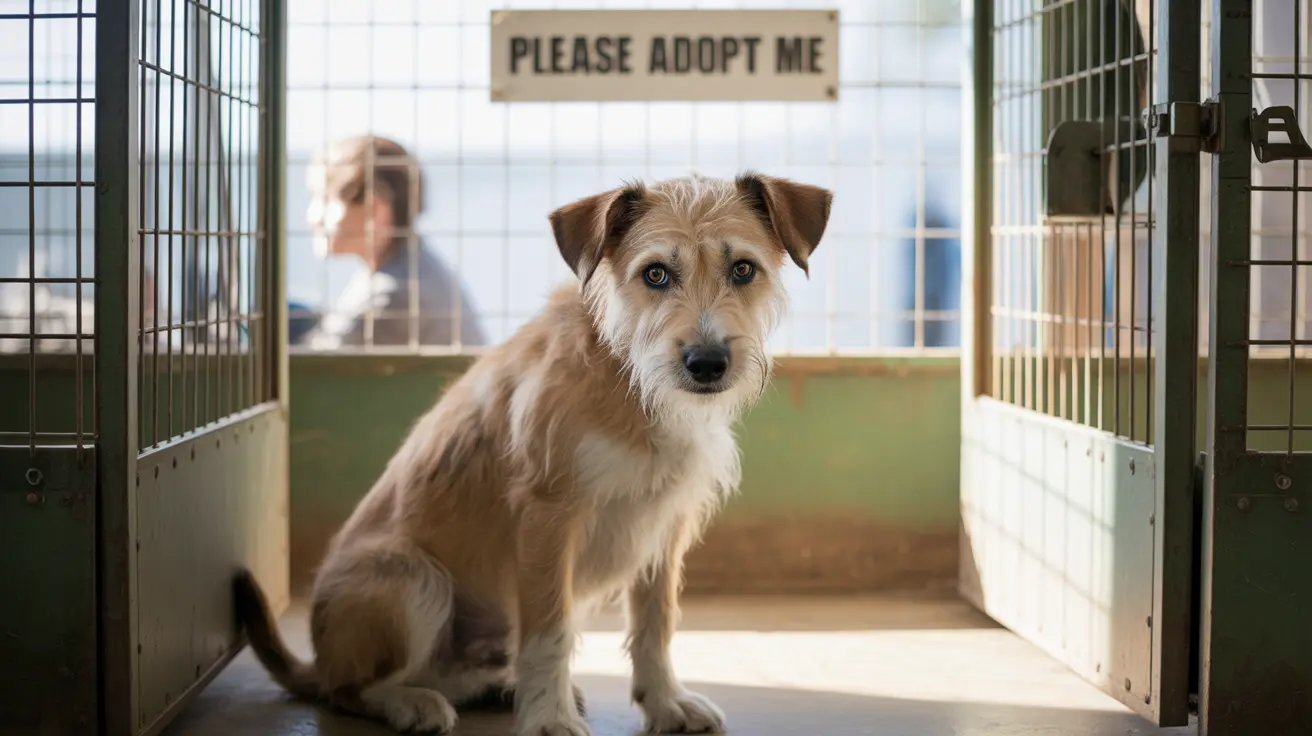Understanding Animal Hoarding Disorder
Animal hoarding goes beyond simply having multiple pets. It's characterized by an inability to provide proper care for animals while simultaneously continuing to accumulate more, often leading to severe neglect despite the hoarder's genuine belief they're helping these creatures.
Recognizing Animal Neglect
- Overwhelming odors from accumulated waste
- Deteriorating living conditions
- Multiple animals in confined spaces
- Visible signs of illness or distress among animals
- Poor ventilation and sanitation
Effects of Animal Hoarding on Pets
The impact on animals in hoarding situations can be severe and long-lasting. Pets often suffer from:
- Malnutrition and dehydration
- Untreated injuries and illnesses
- Psychological trauma from overcrowding
- Lack of proper veterinary care
- Social and behavioral issues
Mental Health and Animal Hoarding
Understanding the psychological aspects of animal hoarding is crucial for effective intervention. The condition often correlates with various mental health challenges, including hoarding disorder, obsessive-compulsive disorder, and anxiety. This connection underscores the importance of a compassionate approach to treatment.
Community Response to Animal Hoarding
Communities play a vital role in addressing animal hoarding situations. Effective responses typically involve:
- Collaboration between animal welfare organizations
- Mental health support services
- Law enforcement intervention when necessary
- Public education and awareness programs
Legal Consequences and Prevention
Most jurisdictions treat animal hoarding as a form of animal cruelty, with legal ramifications ranging from fines to potential imprisonment. However, the focus increasingly includes rehabilitation and prevention through:
- Court-mandated education programs
- Mental health treatment
- Regular monitoring
- Support services for both hoarders and rescued animals
Frequently Asked Questions
What are the common signs that someone is hoarding animals and may need help?
Signs include having an unusually large number of animals, strong persistent odors from waste, animals appearing sick or emaciated, deteriorating living conditions, and social isolation of the owner.
How does animal hoarding affect the health and well-being of the animals involved?
Animals in hoarding situations often suffer from malnutrition, disease, untreated injuries, overcrowding, and poor sanitation, leading to severe physical and psychological distress.
How can local communities and individuals help prevent or intervene in animal hoarding cases?
Communities can raise public awareness, educate on hoarding recognition, report suspected cases to animal control or law enforcement, support humane organizations, and promote mental health services for hoarders.
Taking Action
Addressing animal hoarding requires a coordinated effort from various stakeholders, including animal welfare organizations, mental health professionals, and community members. By understanding the signs, knowing the proper channels for reporting, and supporting both the animals and individuals involved, we can work together to prevent and address this serious issue.
Remember that early intervention is crucial in animal hoarding cases. If you suspect an animal hoarding situation in your community, reach out to local animal control or law enforcement authorities who can assess the situation and provide appropriate assistance.






